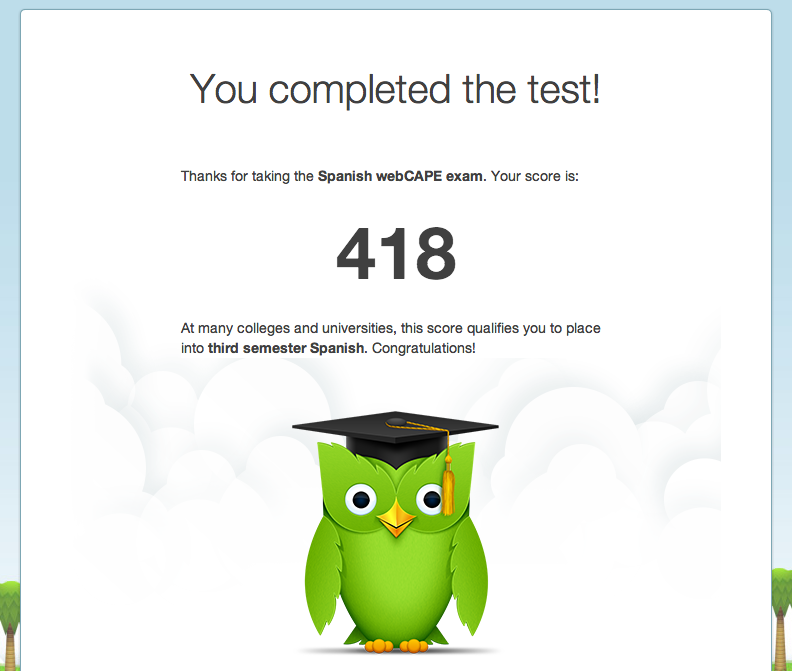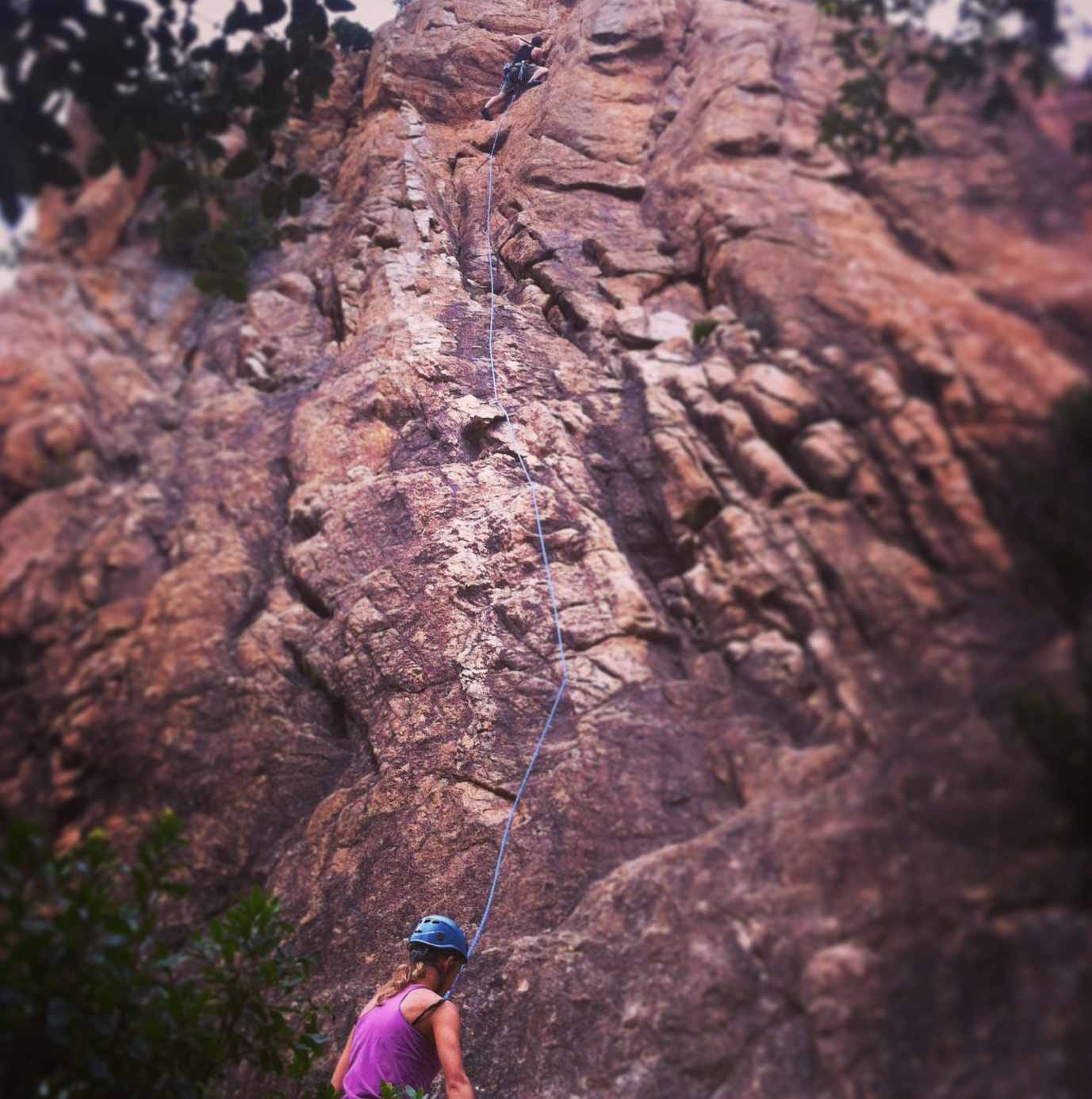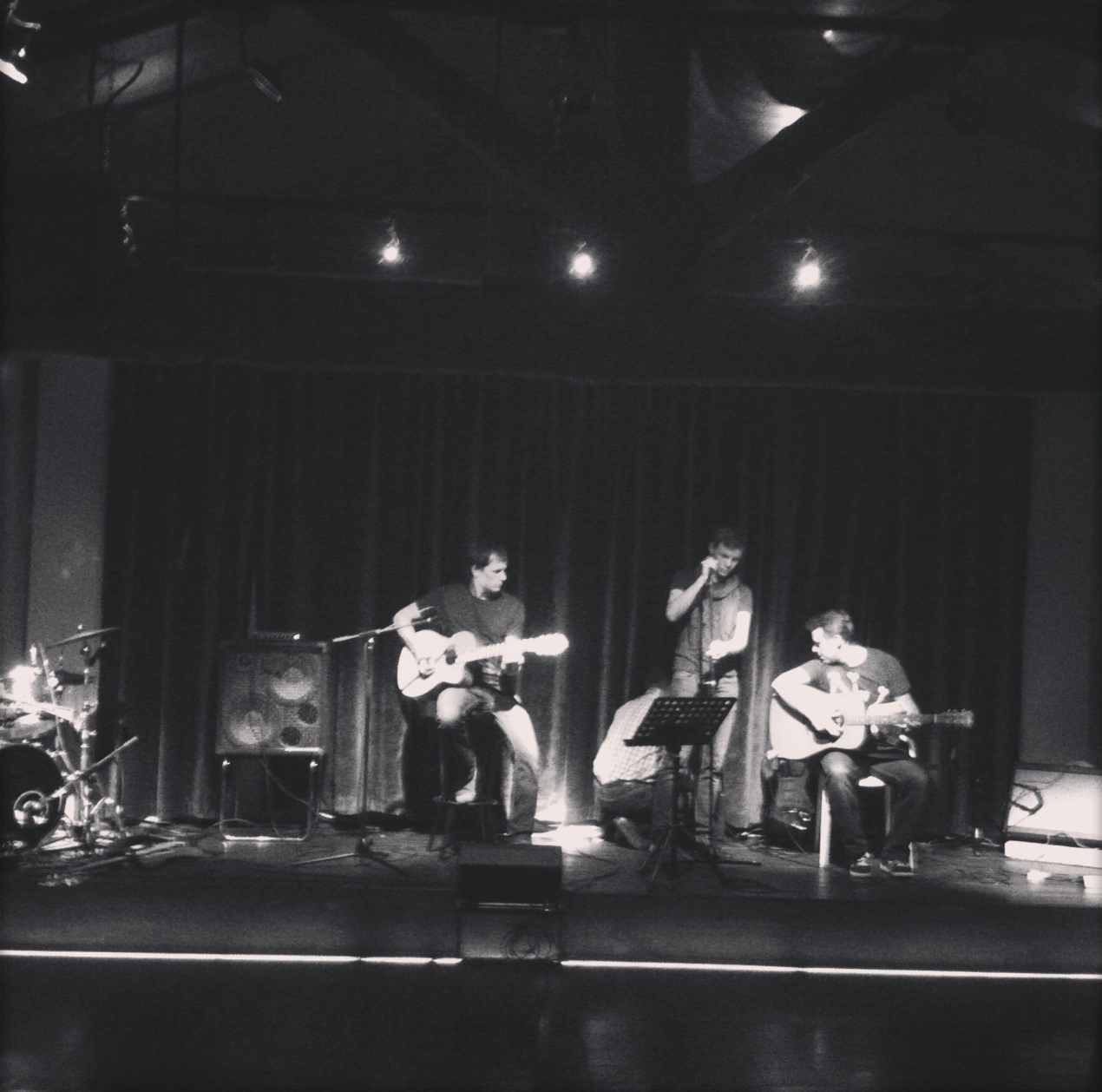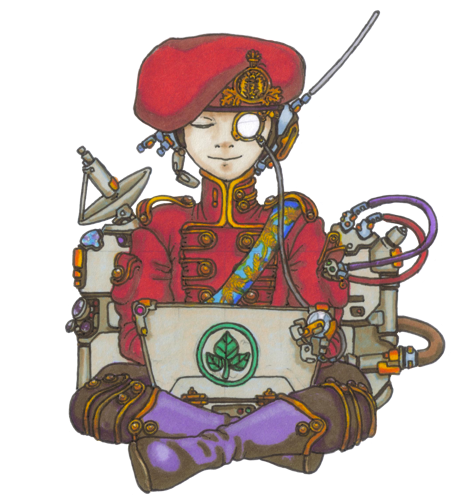The results are in! My Spanish language learning experiment finished in six weeks, instead of the planned four. The reason for delay was the need for objective, unbiased assessment. Unexpectedly, the amazing Duolingo came to the rescue.
On completing the intermediate section of the Duolingo course, an email is issued offering a free WebCAPE assessment. †
I scored 418. Which would typically allow me start the third semester of university Spanish. Meaning I packed two semesters into six weeks.

For subjective evaluation, I had set out two criteria to define what it meant for me to learn Spanish in 30 days. They were:
- Understanding roughly 50% of spoken words in conversation.
- Being able to utlise what I know to express myself in daily conversation.
In answer to 1, I feel my comprehension is less than 50% on average. I say “feel” because I have only measured this with my own, most likely, inaccurate guesstimate.
For 2, I’m delighted, and nicely surprised, with my ability to express myself. I hit a point of intense frustration around the end of the second week when I found the recall speed of what I knew was too slow to manage any useful pace of speaking. I was pouring lots of good stuff in, but not practicing enough to get it back out.
Soon after, I experienced a breakthrough when I had the opportunity to speak, or more accurately, fail horribly through Spanish for a day. It was invaluable, and perfectly illustrated some of the best reasons to learn a new language; to meet great people and create opportunities for exciting new experiences.
I posted two messages on the Couchsurfing Group message board for Girona. The first looking for rock climbing intel, the second asking for parties interested in a Spanish-English language exchange. I had the good fortune of being contacted by someone who wanted to do both! That day marked an inflection point which kick-started a satisfying period of steady progress.

Methodology: What worked best and what was binned
I analysed my Spanish learning time in the frame of Tim Ferriss’ acronyms DiSSS ‡; Deconstruction, Selection, Sequencing, Stakes and CaFE; Compression, Frequency, Encoding. In an ocean of learning Spanish material, Selection was crucial.
Unexpectedly, Selection also very importantly correlates to Frequency, in the sense of how frequently I could actively learn, as opposed to how frequently I should learn. I paid attention to reducing friction by selecting activities I enjoyed and in some cases the times I most enjoyed them. That meant a higher frequency of learning activities resulting from optimised desire and motivation.
Selection: The 20% of activities to get 80% of my desired results
My three chosen learning methods in order of results-based priority are:
1. The Michel Thomas Spanish Foundation Course
It’s difficult to overstate how much I love this course. I looked forward to listening to it, every second seems valuable and memory retention—without revising or taking notes—is incredible.
I made a point of listening while in transit or working out. I avoided listening while cooking, which I couldn’t successfully multi-task, as well as listening idley. For example sitting in the evening while doing nothing which frustrated me. Being aware of and exploiting my most useful and motivated listening times was useful.
The most important action was that I never hardly ever half-heartedly listened and said “I’ll do this properly later”. The course requires you to stop the audio, think of the correct and say it out loud. The process your brain goes through to think of and reply feels essential to remembering.
It was easy on several occasions to repeat after an answer was given, to mimic the audio, but I found when I was lazy, retention dropped to what felt like less than 20%, from what I estimate is usually 90%.
That meant I was walking about the streets of Girona with my iPhone in hand, held out in front of me, finger hovering over the pause button, one earphone in—so I could monitor my own volume—and either mouthing silently or replying in a very low voice to myself. Slight crazy person carry-on, but effective language learning.
2. In person conversation
I arranged six meetings with Couchsurfers my second week of learning, which was also my second week in Catalonia. These meetings were great, both to practice and meet people. I now meet weekly with one person to practice Spanish and English; have two new climbing partners; and a few others I’ve met up with several times since.
These meetups offered the greatest opportunity to actually speak.

3. Duolingo
I was skeptical of Duolingo’s effectiveness. It seems to easy, too much like a game, too good to be true. I decided the catch was that it’s a lighthearted Spanish learning supplement, not a serious learning tool. Really though, it’s powerful.
I call their teaching method “deceptive learning”. They trick you by making it so easy as to believe you are not actually learning therefore placing your brain in the optimum tensionless state to actually learn. §
Stakes: The benefits of failure consequence
Writing the first blog post, I set stakes for myself. I could fail publically. In addition to that the one month timeline was very motivating. At the start of week two I went a little Couchsurfing-meeting-organising mad, realising that if I didn’t pick up the pace, I would fall short of my target.
The drive and deadline also brought consistency. I had to make excellent use my time and pack in as much as I could.
Conclusion
I rate the experiment as a success. I have just over three months to continue to improve and enjoy the country and language and this was a great way to get things moving quickly. I’m looking forward to re-applying my findings for the next language in the next country.
Appendix: My Comprehensive Spanish Experimentation List
The following is an appendix of other ways I tried to learn that were cut from my core Selection.
- Podcasts were easy to become overwhelmed with. I have 32 unlistened to episodes on my iPhone as I write, which I consciously chose to ignore after experiencing low returns from time spent on them. It proved more valuable to dedicate listening time exclusively to the Michel Thomas course.
- I started off using Anki to build my own digital flash card set and reviewed morning and night, but felt, as with the Podcasts, the return was too low. Memorising phrases feels like improving incrementally, instead of exponentially. In Anki’s stead, I invested learning time in Duolingo. My process was usually to review my phone and desktop notes, perhaps collect snippets from Facebook, emails and Couchsurfing messages, then add those to Anki and review. That’s a lot of work in comparison with, unlock phone, tap Duolingo, tap next lesson.
- As an exercise, I painstakingly translated two websites word by word with a dictionary, instead of hitting the Chrome “Translate” button. I learned a few words and call to action expressions, but because I was already engaged in another task—trying to order wifi in one case—it proved frustrating, slow and silly.
- I changed my MacBook Pro’s language to Spanish. This was good until I needed to change a setting while working and infuriated myself. Again, silly.
- I changed my iPhone language to Spanish also, which worked a lot better. Words like clock, calendar, to send, message were all learned without effort. Eventually I couldn’t find a setting and reverted though.
- Reading a magazine interview. Interview text is conversational and so generally quite useful. I read twice and gave up. In hindsight it was a terrible article about a Latin American pop singer. Again, selecting the right material is so important
- I downloaded Spanish songs, a few with apparently clear vocals, “good for learning Spanish with”. I listened and followed along with lyrics once and gave up. I realised I hated one of the songs and switched to Manu Chao, but the result was more enjoyable listening than learning.
- Watching movies in Spanish, with Spanish subtitles. I found these difficult to source. I watched Pan’s Labyrinth and Che: Part One. Subtitles didn’t match the movies exactly. It seemed like Latin American subtitles with spoken Castilian for Pan’s Labyrinth. Che is obviously in Latin American Spanish, not ideal. I ruled these out as too time consuming to set up. If I had a library of movies with a lot of dialogue which I really wanted to watch ready to go, then it might have made the cut.
- I got a Learn Spanish subliminal affirmation audio program from Audible. I only listened once, while Lidiya was away.
- I never used the Vis-ed Spanish Study Cards I picked up.
Some other small measures that I found useful and persisted with:
- Changing Facebook to Spanish.
- Asking Spanish speaking Facebook friends to translate expressions I expected would not work directly from English.
- Lidiya is learning Spanish as well so it has been really useful to practice and correct each other to reinforce learning.
